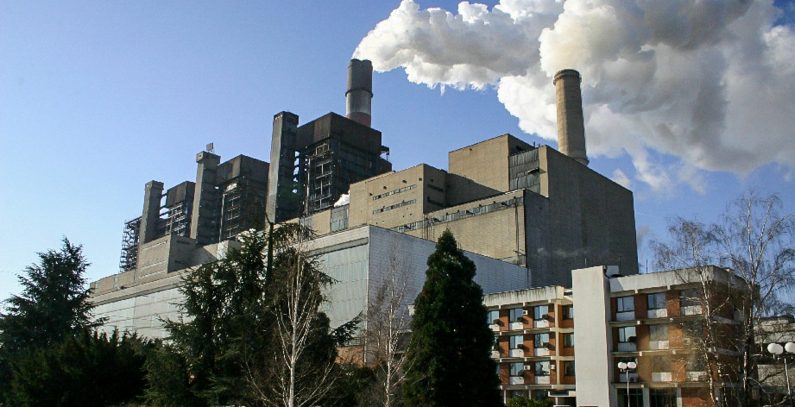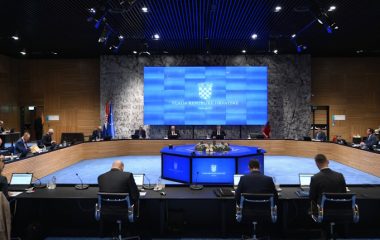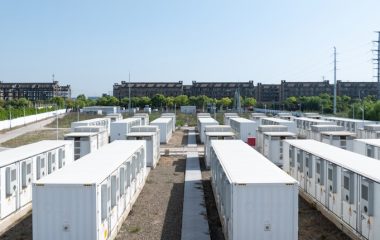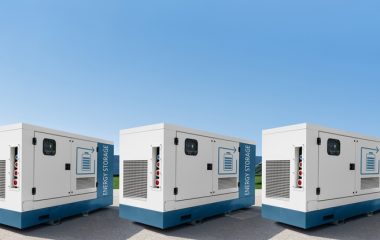
Photo: TENT A (EPS)
Serbia’s state power utility Elektroprivreda Srbije (EPS) must step up investments in order to boost production capacities and meet environmental protection standards, which requires first implementing the company’s long-delayed reform and reducing power distribution losses, slashing or aborting the channeling of EPS’ profits into the state budget, and only then increasing electricity prices, according to the Fiscal Council.
In its opinion on the draft fiscal strategy for 2020 with projections for 2021 and 2022 and accompanying documents, the Fiscal Council said that EPS’ underinvestment is among the leading reasons for Serbia’s economic growth slowdown compared to other countries of Central and Eastern Europe (CEE). Over the past three years, Serbia’s GDP grew 3.2% annually on average, compared to the average 4.1% expansion in CEE countries.
In order to boost capacities and meet environmental protection standards, EPS’ annual investments need to reach at least EUR 600 million, compared to about EUR 380 million currently (the 2016-2018 average), says the Fiscal Council, adding that an increase of over 50%, or more than EUR 200 million, is needed.
Years of underinvestment have led to a drop in coal-fired power plants’ electricity production, according to one of the Fiscal Council’s documents, which notes that EPS needs to significantly boost its annual investments in production capacities and environmental protection.
Over the next six years, EPS should secure the production of an additional 5,000 GWh of electricity annually (15% of the current output).
This, the Fiscal Council notes, is necessary in order to:
1) Replace outdated facilities envisaged to be shut down by the end of 2023
- The loss of around 2,000 GWh of electricity – the average annual generation of these facilities in the 2006-2017 period.
2) Meet the expected increase in electricity consumption
- An estimated increase of at least 3,000 GWh in the electricity consumption of households and businesses in the observed period (possibly of up to 5,000 GWh assuming dynamic economic activity).
This is why EPS would need to invest at least around EUR 3 billion in the construction of new and rehabilitation of the existing power plants, coal production and homogenization, and the reduction of power distribution losses by the end of 2025, the Fiscal Council said.
EPS is top polluter in Serbia, one of the biggest in Europe
EPS is the top polluter in Serbia and among the biggest polluters in Europe, the Fiscal Council notes. Thermal power plants owned by EPS are among the most polluting coal power plants in Europe, the Fiscal Council recalls, noting that EPS needs to invest at least EUR 800 million by the end of 2025 to meet the national and EU regulations concerning environmental protection.
Investments are needed in flue gas desulfurization systems, reducing NOx and particulate matter emissions, the construction of a modern waste management system, and wastewater treatment facilities.
EPS is currently “barely profitable – in order to finance the needed increase in investments, it needs to undertake structural measures to ensure increased profitability,” which, according to the Fiscal Council, should include:
1) Internal reforms:
- downsizing the wage bill (EPS has a too high average salary, surplus employees, and an unfavorable workforce structure), improving bill collection, and reducing power distribution losses and theft
2) External measures:
- reducing/putting an end to EPS’ profit payments to the state budget (the EUR 250 million paid since 2015 could have been spent on investments)
- raising electricity prices (but not before resolving internal inefficiencies).









Be the first one to comment on this article.